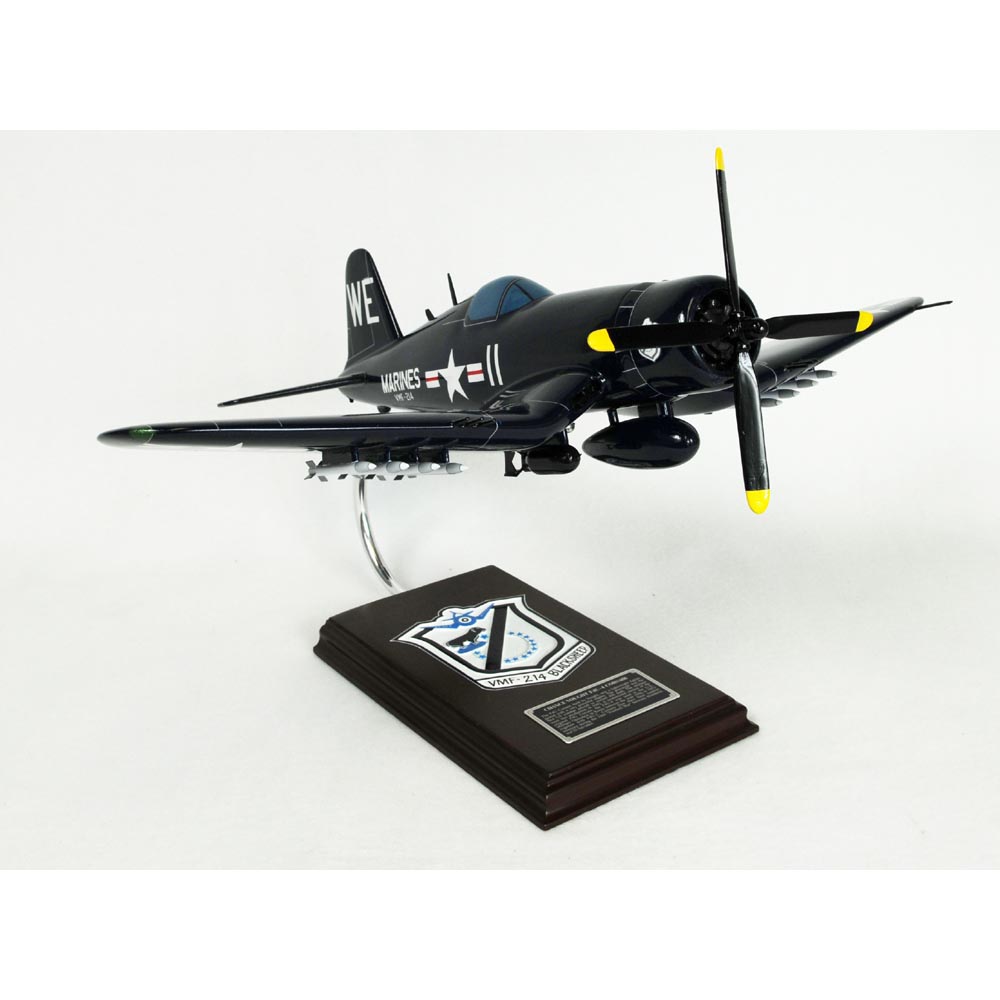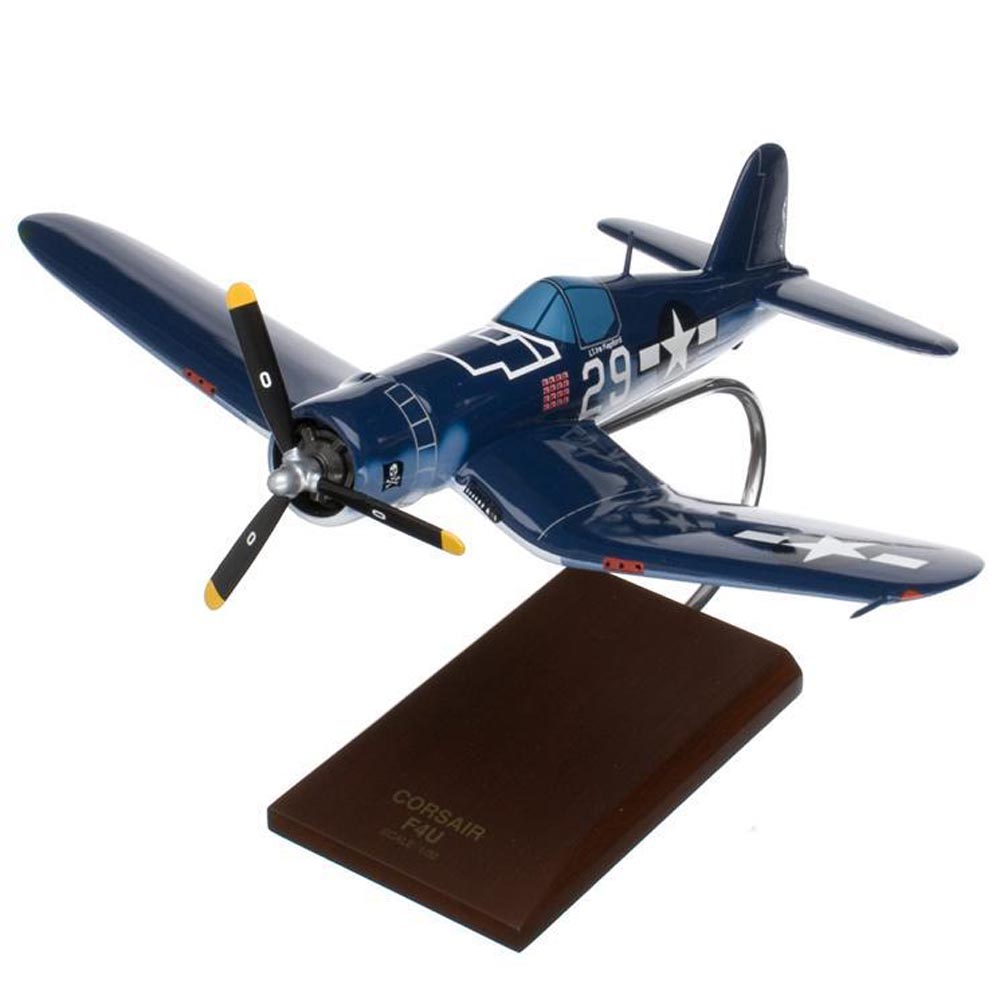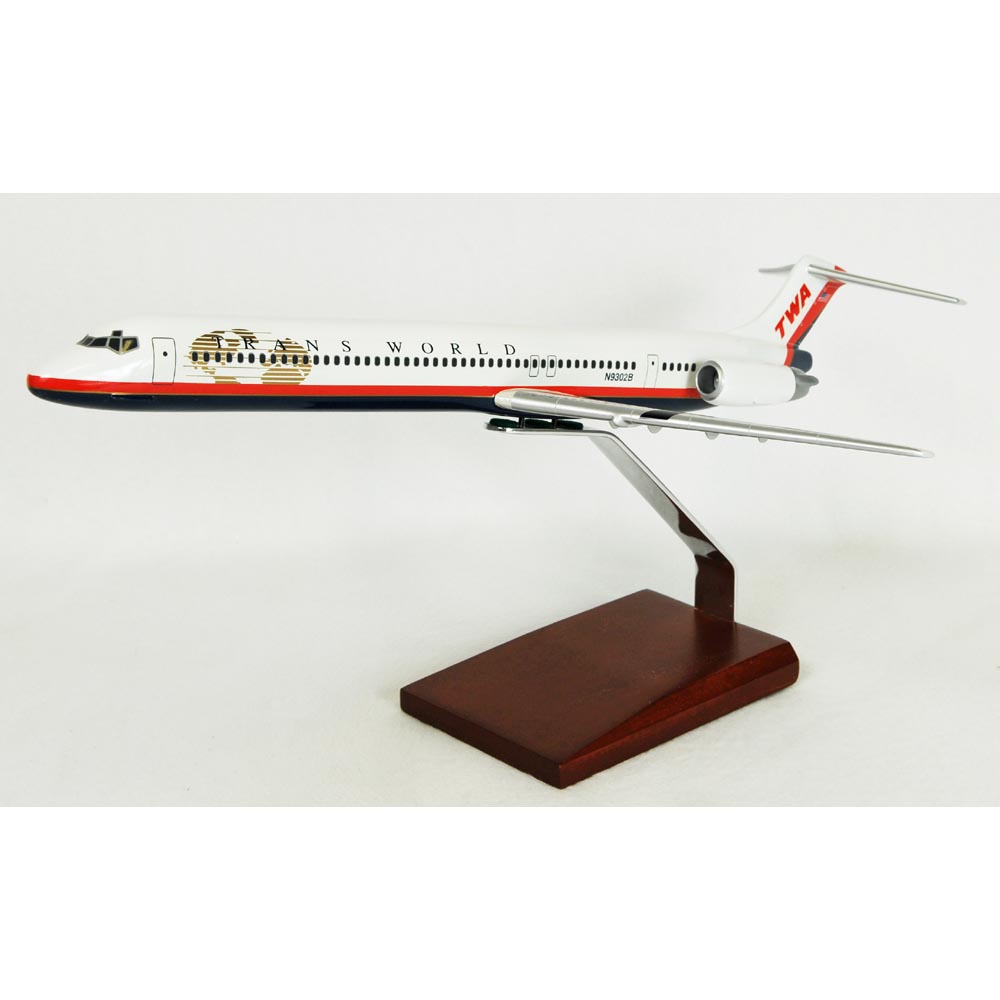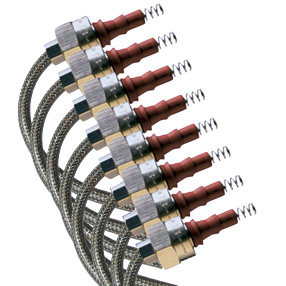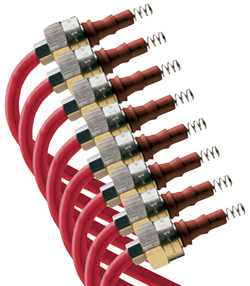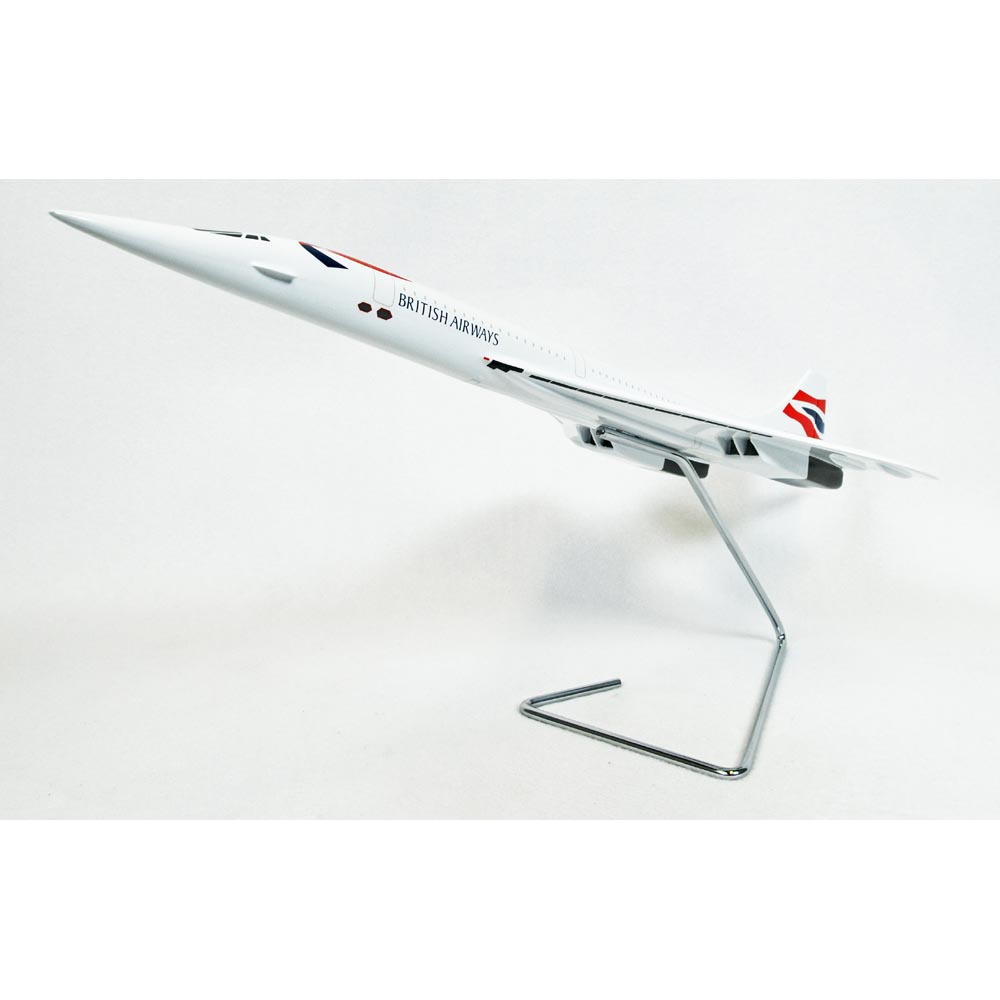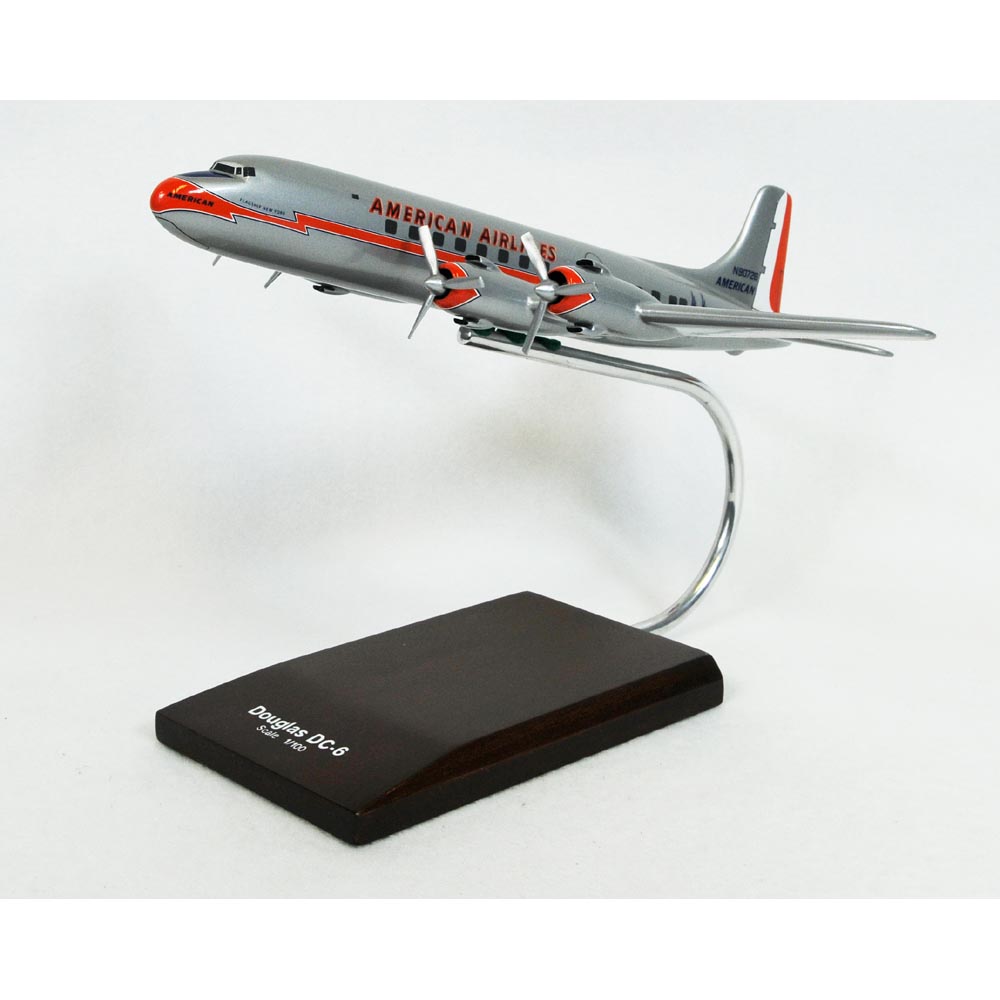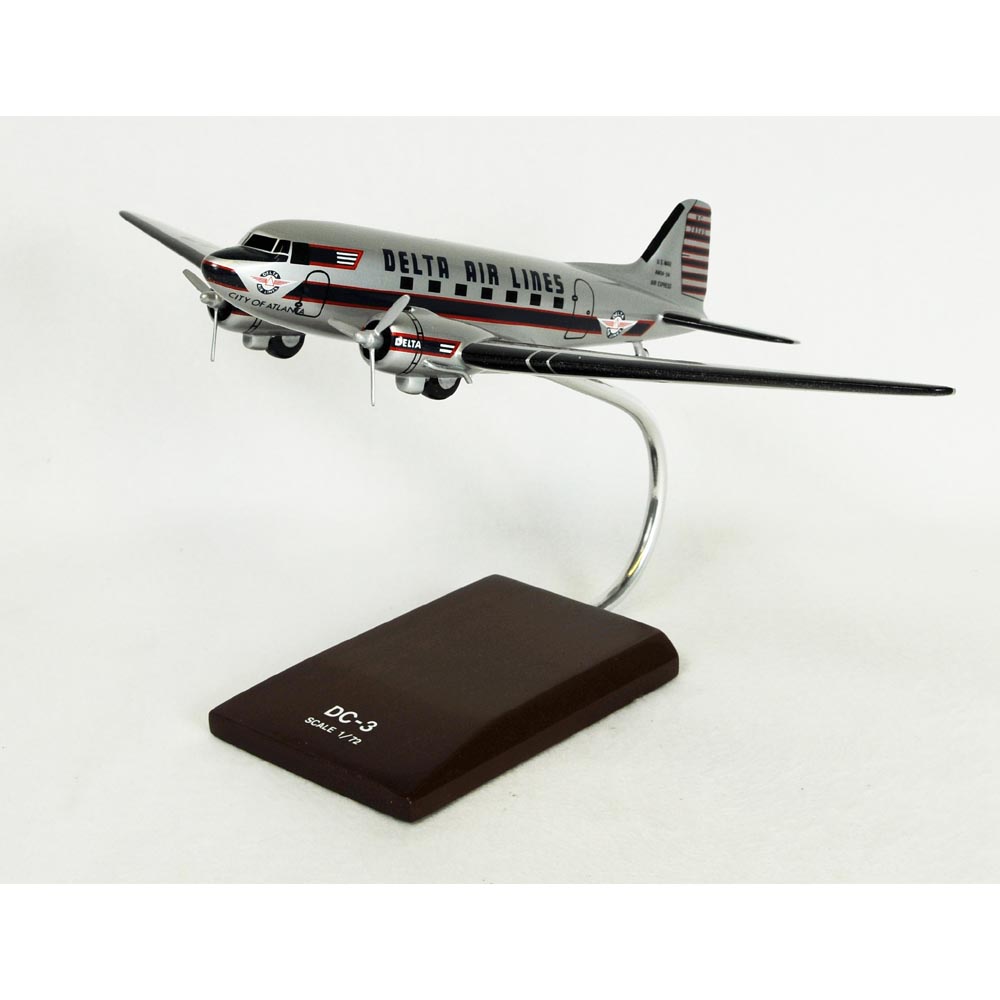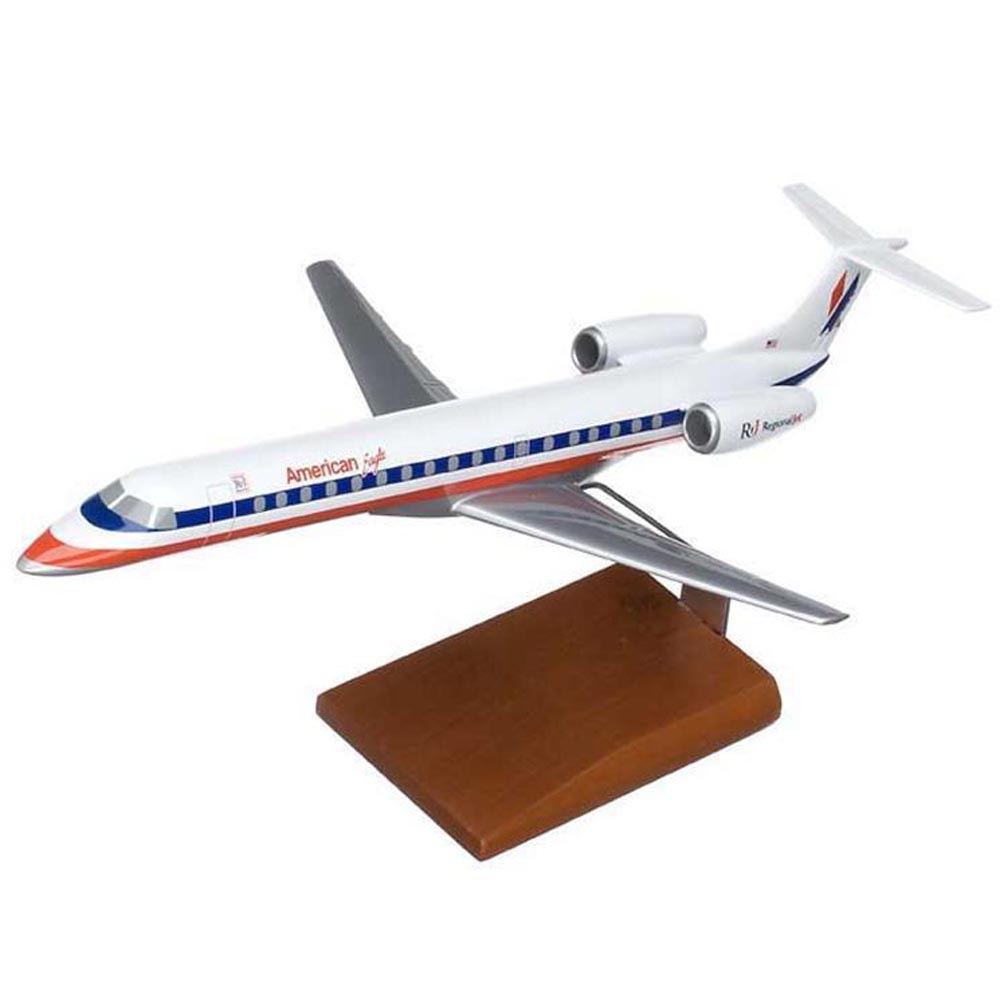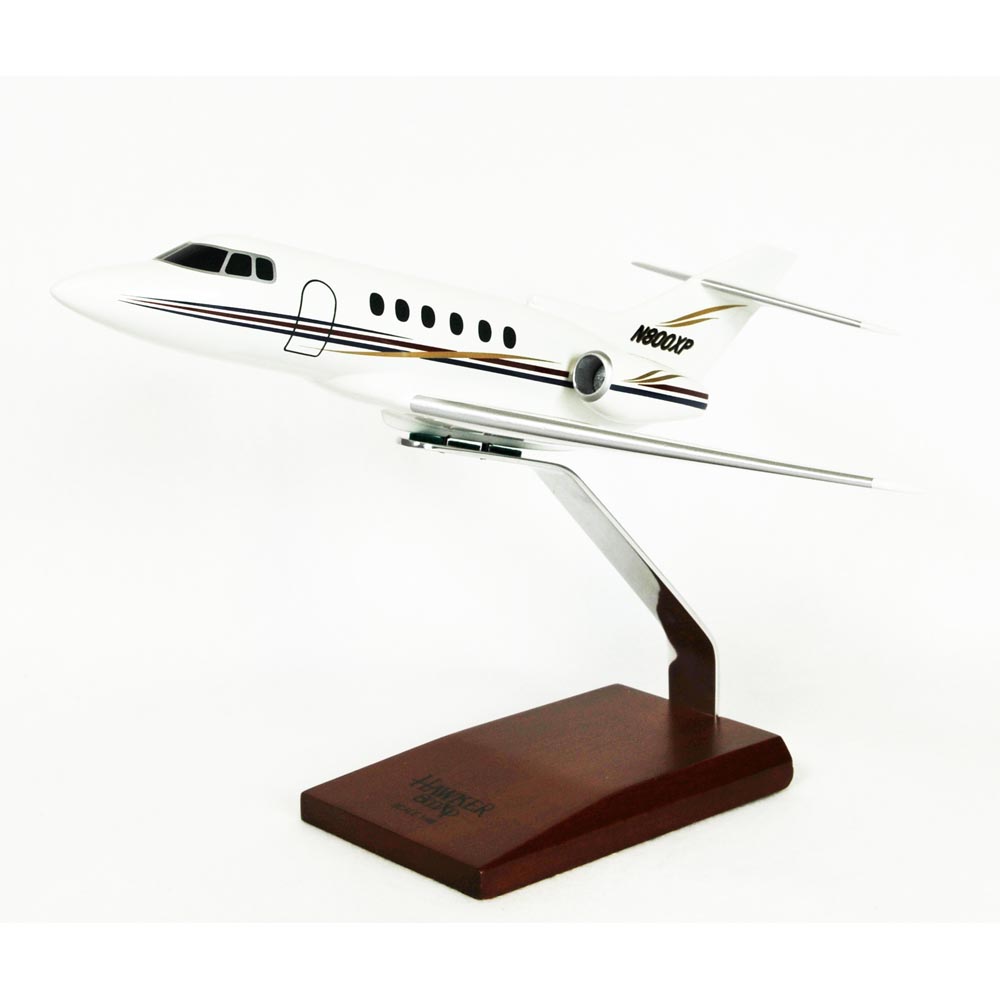F6f-5 Hellcat Model
Артикул: 13-10532
33754 28128 руб.
Наличие: – Есть в наличии у нашего поставщика. Доставка на наш склад в течение 5...6 недель после оплаты Вами заказа.
Overview
| The date was September 1, 1943 when the Hellcat first saw action against the Japanese when fighters off the USS Independence (CVL-22) shot down a snooping seaplane. After which at 23rd of November, Hellcats engaged Japanese aircraft over Tarawa, shooting down a claimed 30 Mitsubishi Zeros for the loss of one F6F. On November 11, 1943, Hellcats were engaged in day-long fights with many Japanese aircraft including A6M Zeros, claiming more than 100 victories while losing few F6Fs over Rabaul, New Britain. The ""Thach Weave"" had developed into a formation tactic by that time. Each time an enemy fighter made a run at a section of US fighters, the pursued Hellcats would break towards the opposing formation that would cross over and force the Japanese to break off or expose themselves to the Hellcats weapons. The ""wingman"" tactics started which are still used to this day, allowing less maneuverable US aircraft such as the Hellcat to deal with much more nimble Japanese opponents. Hellcats were involved in practically all engagements with Japanese air power from that point onward. Navy and Marine F6Fs flew 66,530 combat sorties (45% of all fighter sorties of the war, 62,386 sorties were flown from aircraft carriers) and destroyed 5,163 enemy aircraft (56% of all Naval/Marine air victories of the war) at a cost of 270 Hellcats (an overall kill-to-loss ratio of 19:1).The aircraft performed well against the best Japanese opponents with a 13:1 kill ratio against Mitsubishi A6M, 9.5:1 against Nakajima Ki-84, 28:0 against Kawanishi N1K-J, and 3.7:1 against Mitsubishi J2M during the last year of the war. In the ground attack role, Hellcats dropped 6,503 tons of bombs. |





